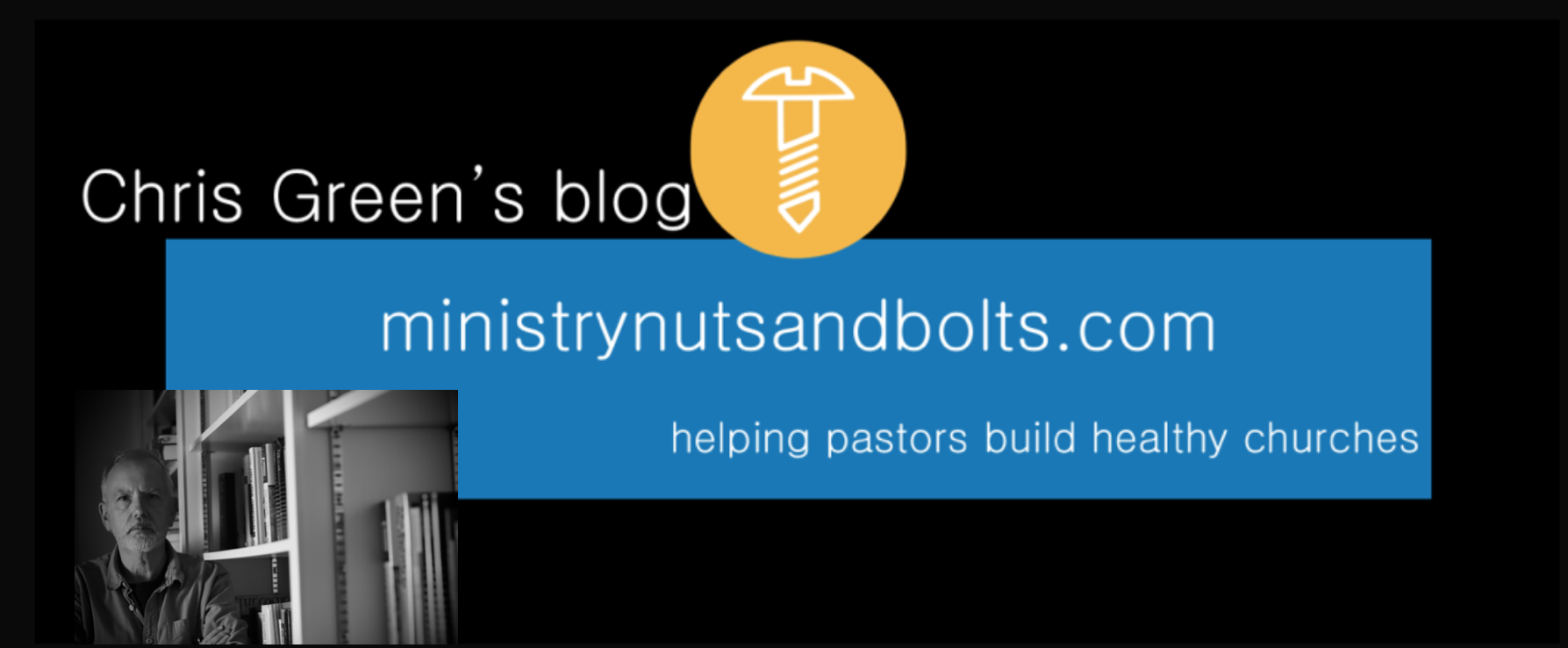 Moving house recently meant that there was huge encouragement to de-clutter. And I did the brave thing of not only de-cluttering the house but de-cluttering my study. I. Chucked. Books. Out.
Moving house recently meant that there was huge encouragement to de-clutter. And I did the brave thing of not only de-cluttering the house but de-cluttering my study. I. Chucked. Books. Out.
There, I said it.
But I don’t think I threw away any bibles, and that wasn’t for either superstitious or nostalgic reasons. I think I was guided by a series of pragmatic choices, above the need for a variety of translations because no translation is perfect. Here are my five reasons:
1. Public bibles and a private bible
This is the newest concept for me, and I’ve come to it reluctantly. Students at seminary are rightly warned about any kind of public/private divide. Difficult issues about the relationships between the gospels can’t be forgotten when we have our Quiet Times, or we become spiritual schizophrenics – and ultimately the decisions will have to be faced. I’ve met well known preachers who admitted to private disbelief in the truths they were publicly proclaiming – that’s spiritually ruinous, for speaker and hearer. So I’ve used commentaries in my Quiet Times, and even (on occasion) the original languages there too.
But as public ministry took more of my time, I found what you may have found too – the perennial danger of opening the bible to feed others, but not me. I open the bible to prep studies, one-to-ones and sermons, but never to engage with God for myself.
So I have one bible which doesn’t go out in public with me. It stays at home when I go to church, and in my hotel room if I’m away. It reminds me, that if I haven’t opened that bible today, my work is not done. Tucked inside are a pencil, a copy of Murray M’Cheyne’s bible-reading schedule, and a cheap notebook I use to record occasional thoughts (which isn’t grand enough to be called a journal). Those aren’t thoughts for sermons – they’re thoughts for me.
2. Old bibles and new bibles
I think I’ve kept every one of my bibles, even the ones with the Jesus stickers on when they were cool. And especially precious are the bibles I’ve had on my desk as I’ve prepped and read over the years. They’ve been scribbled over, highlighted and in some places worn through. But one part of my sermon prep is to go back to them and see what I’ve learnt over the years.
Sure, I’ve thought about combining all that information in one big wide-margin edition, and I’ve thought about scanning and storing it too. But I’m not sure it’s worth that amount of effort. Meantime, I go back to my old friends.
3. Paper bibles and digital bibles
I use both, although I haven’t invested in either of the heavyweight Accordance or Logos systems. The ease of reading on a screen, with lightning quick searches, is a great gift.
But I still use paper. The web is a great tool, but a great distractor and by its persistently contemporary nature it demands we pay it constant attention. So I need to go offline to do serious business with God, and paper it still is.
I blogged a while back about the best place to have a Quiet Day – which is offline.
4. Known bibles and unknown bibles
If you’ve been a Christian a while, there is probably one translation which is your default. I was brought up on the RSV and I can still see the wonderful Horace Knowles illustrations in my mind’s eye. But then the NIV came out when I was a theology undergraduate, and that became my bible for years, over many different versions.
Because of that familiarity, I need to change translations every so often, in order to jolt myself into hearing the text again, and to read with care. For a while now the ESV has fulfilled that function, but I’m getting ready for another refresh, and I think it’s going to be the Holman. The Holman Christian Standard Bible (HCSB for short, sometimes known as Here Come the Southern Baptists, because they produced it) has a translation philosophy which is easier on the ear than the ESV, and which is a valid alternative to 2011 NIV. It’s not flawless, and Phil. 2:7 is particularly wretched, but it serves.
It’s available to read and download on all the platforms, as a quick search will show you.
5. My bible and the church’s bibles
And finally I have one bible which is the same edition, pagination and binding as the church’s. I don’t use it day-to-day (which is why I said I don’t actually read it), but it’s the one that goes with me when my sermon requires me to chase a cross reference. I mark it with Post-It notes and coloured chalk to find the place easily. I find bright coloured chalk is easy to see, rubs off much more easily than pencil, and it’s only temporary. Then I’m preaching out of the same bible as everyone else.
Otherwise, I just grab a bible from behind me before I preach.
Do you make any other choices over your bibles?





Hello Chris,
Have you been able to find the HCSB in British English? I have been looking into versions of the bible for our church now that NIV 1984 is retired and have struggled.
Rory
Not yet, and I wish there were. But I don’t think they’ve identified the market outside the US 😦
a recently produced Bible we at Passover People have found useful is the Lexham Bible that has been produced by the Logos Bible search software outfit in the US.
Interesting that you used the RSV so much in your younger years. Here in the USA (Minnesota) the mainline churches like the ELCA Lutheran Churches are the ones that used the RSV so long ago…
Evangelicals used KJV predominantly. Then NIV 1984. Now so many conservative churches that never would have embraced the RSV have wholeheartedly embraced the ESV. It seems like the RSV and ESV are a lot alike.